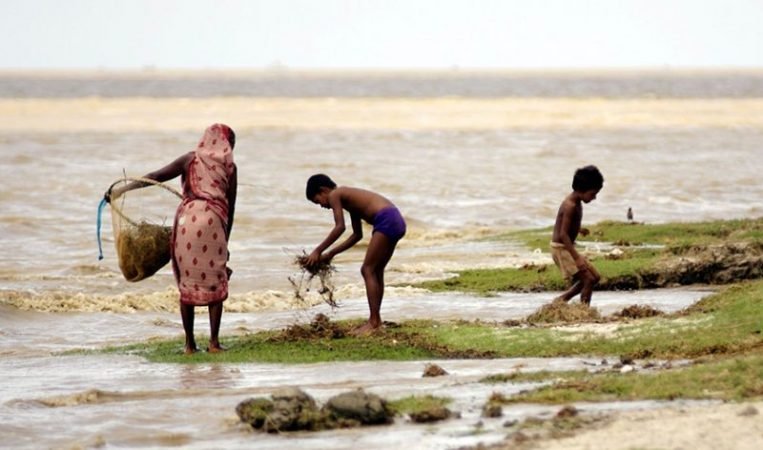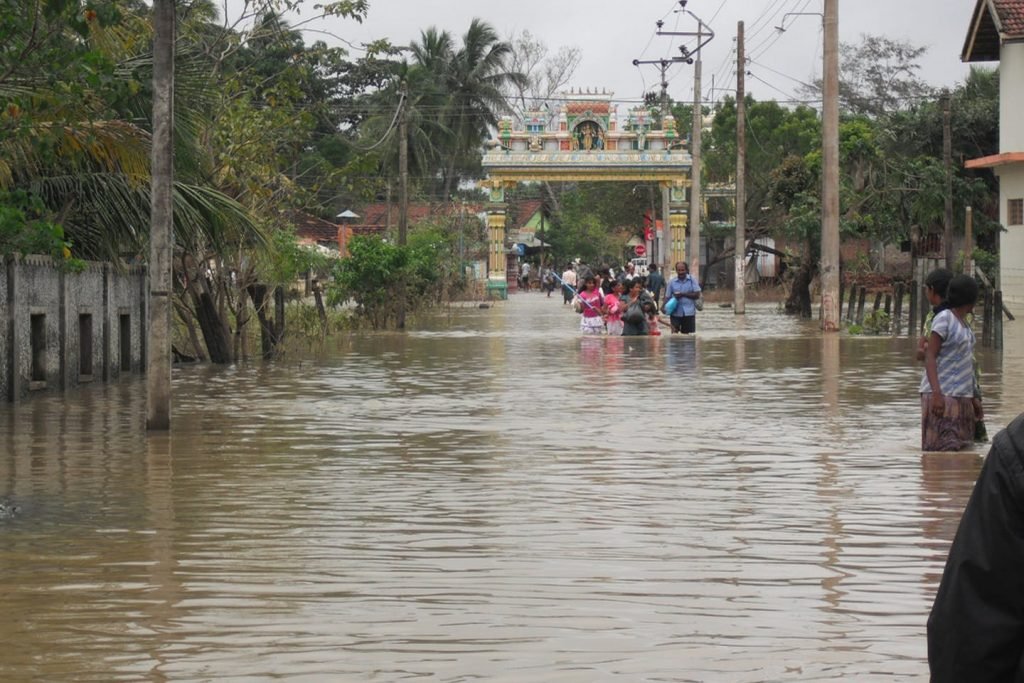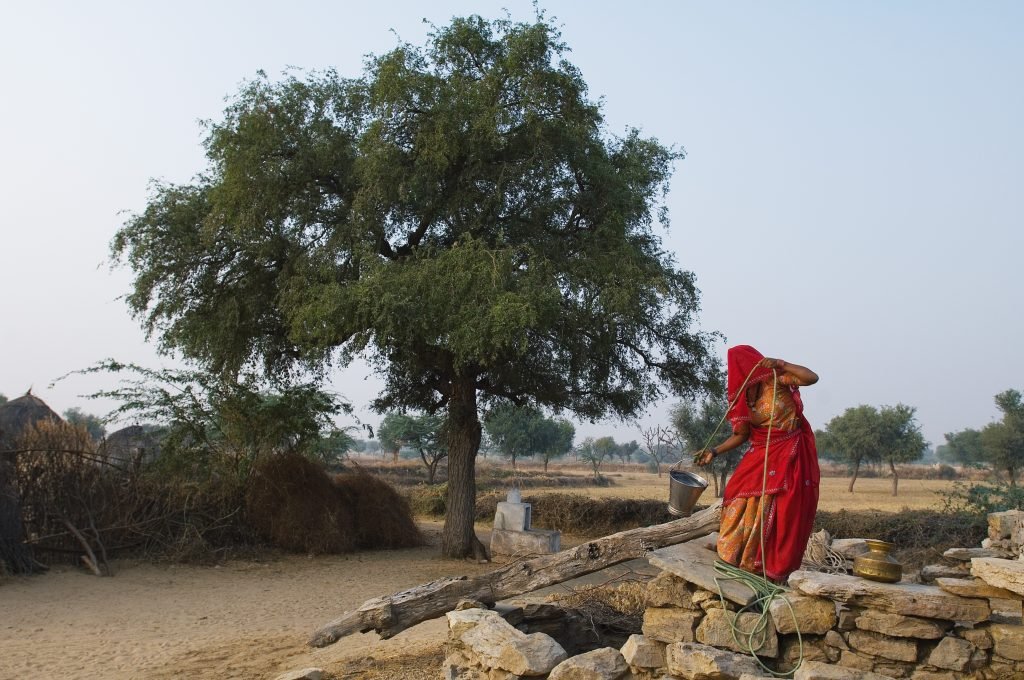Can India Lead the Fight Against Climate Change in South Asia?

Climate change has emerged as a ubiquitous threat over the years. South Asia, the region hosting almost one-fourth of the global population, remains one of the worst affected regions in the world. India, realising that collaborative solutions are indispensable, has time and again endorsed regional initiatives to combat climate change. Even while countries in South Asia struggle to revive their pandemic-struck economies, the challenges posed by climate change loom. These dire situations demand more than bilateral agreements- a steadfast leadership to anchor collective efforts for a cleaner South Asia. Is India’s climate diplomacy strong enough to establish it as a leader for the fight against climate change in South Asia?
Impact of climate change in South Asia
South Asia is extremely vulnerable to disasters ranging from droughts to cyclone induced storms and floods, courtesy of the rising temperatures. Further, the high population growth rate in the region equates to greater carbon emissions and faster depletion of natural resources. This exacerbates the already dismal situation and as a result phenomena like heat waves and cyclones take away many lives annually. Moreover, people residing in the most climate-vulnerable areas face huge economic losses.
The World Bank had even predicted that climate change could push 62 million South Asians below the extreme poverty line within this decade itself. The implications of climate change can also be severely felt in the longer run. Climate change has been found to “dampen agricultural productivity” and the fact that agriculture remains the mainstay of the livelihood of a majority of South Asian communities, translates to problems like poverty, unemployment and falling standards of living.

Leading by example
Climate change has finally occupied a central place in the agendas at the global fora and rightly so. From the United States to China, all countries are reiterating their commitment towards combating it. India too has been dedicatedly taking a firm stand against climate change and is also on an impressive trajectory to achieve its NDCs (Nationally Determined Contributions) as per the Paris Agreement. However, climate change has transboundary effects and therefore tackling it demands joint action. South Asian geoecology’s sensitivity makes cooperation all the more essential. While the Indo-Pak friction has halted progress on the same via SAARC (South Asian Association for Regional Cooperation), India has recently demonstrated renewed interest in strengthening the BIMSTEC (Bay of Bengal Initiative for Multi-Sectoral Technical and Economic Cooperation). India can push for greater joint action against climate change using the BIMSTEC’s platform in the times to come. Besides combating climate change, mitigatory steps against climate disasters are crucial too. India had initiated a ‘BIMSTEC Disaster Management Exercise’ in the past and now even hosts a fully functional ‘BIMSTEC Centre for Weather and Climate’, which intends to provide early warnings of disasters.
Another noteworthy observation is that India’s approach to Humanitarian Assistance and Disaster Relief (HADR) has always been centered around its immediate neighbourhood, with more than two-thirds of it being directed to South Asia. In cases of humanitarian crises caused by climate change too (ranging from tsunamis to cyclones), India readily provides humanitarian assistance in the form of rescue operations and relief grants.
The International Solar Alliance (ISA) and the Coalition for Disaster Resilient Infrastructure (CDRI) are two initiatives which escalated India’s position in the global fight against climate change. These two promising initiatives have strengthened India’s climate diplomacy worldwide and have also opened new avenues for constructive engagement with its South Asian neighbours. Barring Pakistan, almost all of India’s neighbours in South Asia are members of the ISA and CDRI. India has expressed willingness to include Nepal in the ISA, despite the latter not being in the inter-tropical zone. Also, India has often urged Bangladesh to join the CDRI. This enthusiasm to expand the membership of the ISA and CDRI to most of South Asia is indicative of New Delhi’s willingness to boost cooperation.
On the domestic front too, India has made remarkable progress towards a more energy efficient economy. Being a developing country with high energy needs, India has turned towards investing in renewable sources of energy. A myriad of policies covering solar power based irrigation, cleaner cooking fuel, development of wind power etc. have had been rolled out in India. More recently, India has taken novel initiatives in mitigating threats caused by climate change. Its ‘Heat Action Plan’, which aims at building preparedness and resilience against deadly heat waves, is a case in point. Leading by example is the best approach and one which a developing and densely populated region like South Asia needs.
India’s climate diplomacy
If India is able to leverage its climate diplomacy, it will not only lead to a cleaner and safer South Asia but will also be beneficial to India’s national interest. A recent report titled ‘The Costs of Climate Change in India’ estimates that India may lose 3-10% of its GDP annually by 2100 and may see a rise in poverty rate by 3.5% in 2040, due to climate change. Cooperation on climate change is therefore, inter alia, important for India’s economic growth too.

India’s climate diplomacy can also lead to greater integration in South Asia by dialogue. By fostering unity driven by a common agenda for combating climate change, India can revive regional cooperation- something which has been cold ever since the SAARC’s standstill. For this, India must be looking forward to playing a key role in taking climate change beyond bilateral agreements. The BIMSTEC can also provide a much needed impetus to a more inclusive action plan.
Secondly, even while recovering from the damages caused by the coronavirus pandemic, India cannot afford to put climate change on the back burner. Thus, India must be eyeing a sustainable recovery plan at present. An IEA (International Energy Agency) analysis had revealed that investing in a sustainable recovery plan can generate employment by creating new jobs like those in energy-efficient industries, new energy vehicles and the renewable energy sector. Apart from strengthening ties via regional collaborations and progressing towards a climate-resilient growth, the right diplomatic efforts can also attract greater green Foreign Direct Investment (FDI) to India. Currently, India’s renewable energy sector is ranked as the fourth most attractive renewable energy market in the world.
By taking the lead on various fronts like renewable energy and disaster management, India can emerge as the main driver of sustainable growth in South Asia.
Conclusion
Being one of the most vulnerable areas to the climate crisis, for South Asia, climate change is a major regional challenge. Joint efforts for a regional solution will have multi-faceted advantages like pooling of material resources, sharing of collective information and know-how, capacity building initiatives and increased effectiveness of endeavours. Through collective efforts, the region can also attract greater climate finance. The fight against climate change in South Asia, like anywhere else, is also a fight to protect lives and preserve livelihoods. Merely bilateral solutions will not suffice. A revised regional approach is the need of the hour and India has the potential to lead it.


















